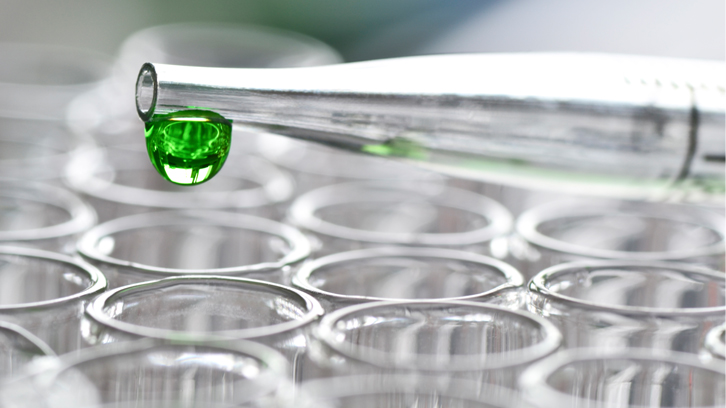New Device for Cytochrome c Detection

In recent years, together with nanotechnology growth, numerous devices capable of detecting negligible concentrations of analytes have been developed. One type of these devices are biosensors, devices based on biological recognition systems. Due to their robustness, reliability, specificity, low dimension and low-cost. They have opened a world further from the classical techniques.
Initially, the biorecognition elements were isolated from alive systems (antibodies, proteins, enzymes, etc.), whereas now it is possible to arrange new biorecognition elements by synthesis, for example aptamers. These are synthetic nucleic acids (DNA or RNA) which have a high affinity and specificity to bind to target molecules such as proteins, low molecular weight molecules or bacteria.
Aptamers exhibit numerous advantages: they are economic, have an easy and reproducible synthesis, they are able to synthesise from a wide variety of target molecules, good stability in hard conditions, etc. For all, in the past years aptamers have been introduced as biorecognition elements in the construction of biosensors, receiving the name of aptasensors. Recently, among available detection techniques, Electrochemical Impedance Spectroscopy has presented great utility in studying biosensing events at the surface of an electrode. This technique is very sensitive and also presents the advantage of allowing for the analysis of unlabelled reagents, reducing costs and time analysis.
In the outlined work an aptasensor has been developed for cytochrome c detection using Electrochemical Impedance Spectroscopy as a transduction technique.
Cytochrome c is a protein located in the intermembrane space of mitochondria. It plays a central role in electron-transporter chain and leads to programmed cell death. The protocol used in the aptasensor is based on aptamer immobilization onto the electrode surface by physical adsorption, where after the formation of aptamer-cytochrome c complex due to the biorecognition event, which is detected by means of the change in the impedance spectrum.
Results demonstrate that the aptasensor shows high sensitivity and a low detection limit of 63.2 pM, below levels of this protein in serum. With this aptasensor it is possible to detect and quantify cytochrome c in clinical diagnosis and therapeutic research.
References
Ocaña, C.; Arcay, E.; del Valle, M. Label-free impedimetric aptasensor based on epoxy-graphite electrode for the recognition of cytochrome c. Sensors and Actuators B: Chemical. 2014, vol. 191, p. 860-865. doi: 10.1016/j.snb.2013.10.040. doi:10.1016/j.snb.2013.10.040

